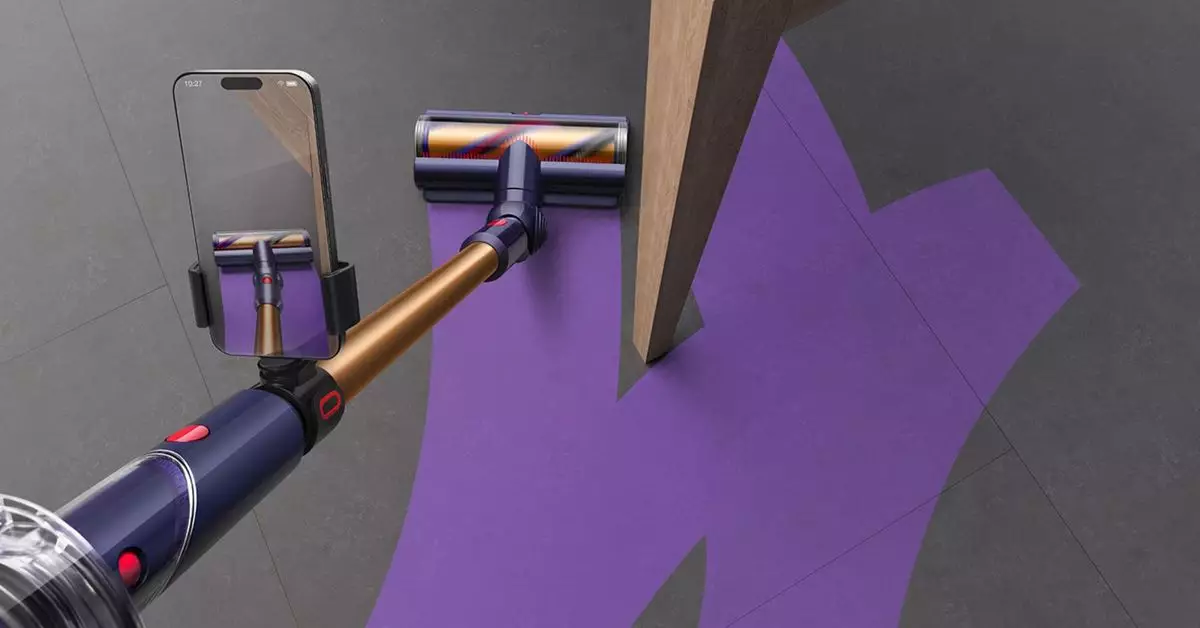Dyson has recently introduced a new feature called CleanTrace that utilizes smartphones’ augmented reality sensors to virtually indicate areas that have been vacuumed. This feature, though innovative, raises several concerns regarding its practicality and necessity. While the concept of using AR to assist with household chores is intriguing, the need for such technology in a vacuum cleaner is questionable. Do consumers truly need a visual confirmation of whether they have missed a spot while vacuuming? The cost of implementing this feature, both in terms of the vacuum itself and the smartphone attachment, is also a point of contention.
The Gen5detect, the only Dyson vacuum currently compatible with the CleanTrace feature, comes with a hefty price tag of $1,000. In addition, users are required to purchase a separate smartphone clamp to utilize CleanTrace. This raises the question of whether the added cost is justified by the perceived benefits of the feature. Furthermore, the uncertainty regarding the additional cost of the smartphone clamp adds to the overall ambiguity surrounding the value proposition of the Gen5detect. Consumers may question whether the convenience offered by CleanTrace justifies the exorbitant price of the vacuum.
Dyson justifies the development of CleanTrace by claiming that consumers are often inefficient in their cleaning efforts, frequently overlooking certain areas and re-vacuuming others unnecessarily. While this may be true to some extent, the necessity of an AR-based feature to address this issue is debatable. Most users are able to discern visually whether an area has been adequately cleaned, making the need for a smartphone-assisted confirmation seem superfluous. Additionally, with the availability of robot vacuums that can autonomously clean floors, the appeal of a manual vacuum with AR features diminishes.
The limitations of the CleanTrace feature, including its exclusive compatibility with the Gen5detect and the need for a separate smartphone clamp, suggest an opportunity for third-party developers to introduce similar, more cost-effective solutions. Given the advancements in AR technology and the availability of user-friendly AR development tools, creating a standalone app that offers visual feedback for vacuuming could be a viable alternative. Users could customize the app to suit their specific cleaning needs, eliminating the need for a dedicated vacuum model with integrated AR capabilities. This raises questions about the long-term viability of Dyson’s CleanTrace feature in a market that is ripe for innovation and competition.
While Dyson’s CleanTrace feature represents a novel attempt to integrate AR technology into household appliances, its practicality, cost-effectiveness, and overall necessity remain subjects of scrutiny. As consumers become increasingly discerning about the value they derive from tech products, the success of features like CleanTrace will depend on their ability to address genuine pain points and offer tangible benefits.Only time will tell whether AR-based features in vacuum cleaners will become a standard offering or remain a novelty reserved for those with disposable income.


Leave a Reply